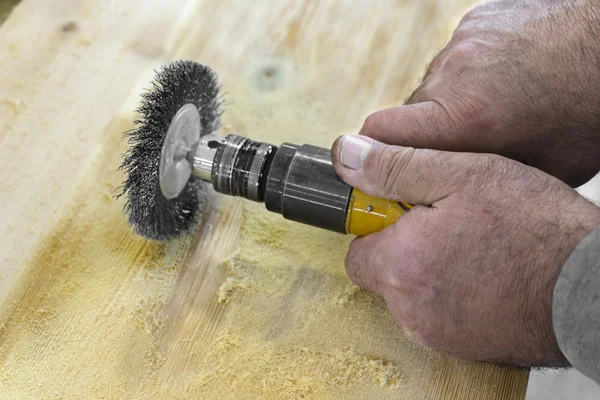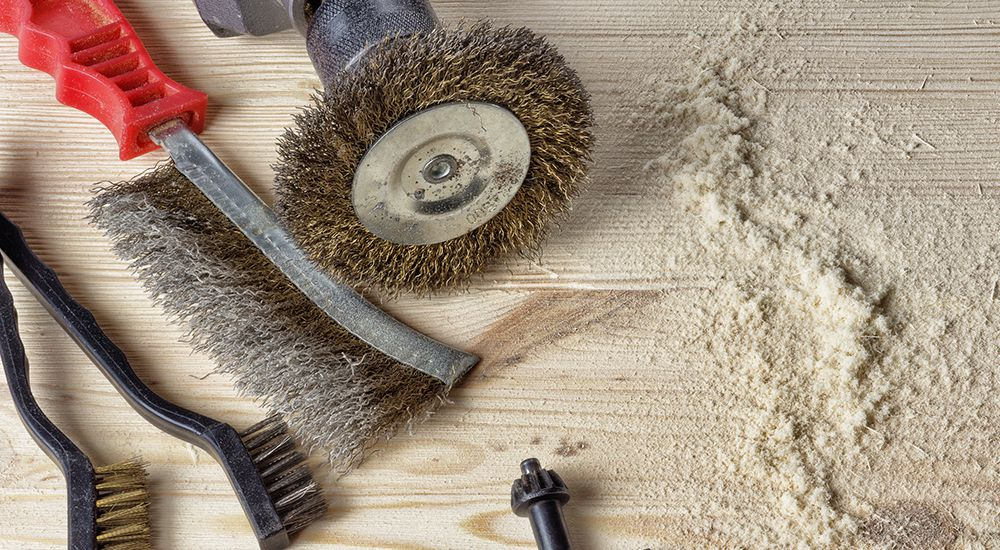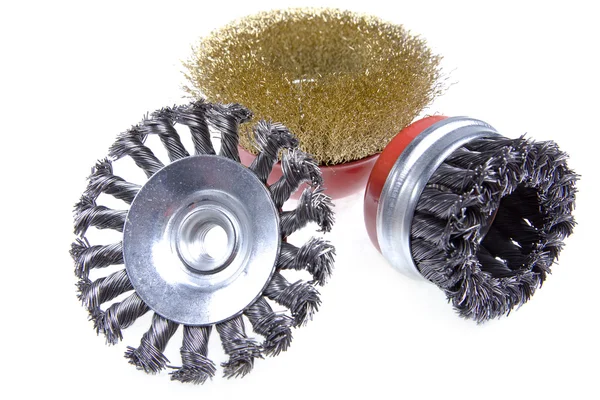Hardwood floors add a touch of elegance and warmth to any home, but over time, they can become scratched, dull, and dingy. This is where wire brushing comes in. Wire brushing is a process that involves running a wire brush over the surface of the hardwood floor to remove the softer wood grain and reveal the harder grain, resulting in a more textured, natural look. This article will discuss Hardwood Floor Wire Brush Technique.
What is Wire Brushing?
Wire brushing is a technique used to add texture to hardwood floors. It involves running a wire brush over the surface of the wood, which removes the softer grain and leaves the harder grain behind. This process creates a unique, distressed look that is popular among homeowners who want to achieve a rustic or vintage look in their homes.
Wire brushing is typically done on hardwood floors that have a pronounced grain pattern, such as oak or hickory. The process can be done on both unfinished and finished floors, but it’s important to note that wire brushing will remove any finish that is already on the wood, so it’s best to do it on unfinished floors.
Hardwood Floor Wire Brush Technique
Step 1: Prepare the floor
Before starting the wiring brushing process, you need to prepare the hardwood floor. Begin by removing any furniture, rugs, or debris from the area. It is also important to ensure that the floor is clean and dry. This will prevent any dirt or dust from getting in the way of the wire brushing process.
Step 2: Choose the right wire brush
The types of wire brushes you choose will determine the outcome of your wiring brushing project. There are several types of wire brushes available in the market, and each has its own unique features. Here are some of the common types of wire brushes:
- Knotted wire brush– This type of wire brush is the most commonly used for wiring brushing hardwood floors. It is made up of a series of metal knots that are twisted together. Knotted wire brushes are aggressive and can remove a lot of material quickly.
- Crimped wire brush– This type of wire brush is made up of wires that have been crimped together. Crimped wire brushes are not as aggressive as knotted wire brushes, and they are suitable for use on softer woods.
- Abrasive wire brush– This type of wire brush is made up of abrasive filaments that are designed to remove paint and coatings from the surface of the wood. Abrasive wire brushes are not recommended for use on hardwood floors.
When choosing a wire brush, consider the type of wood you are working with, the level of distressing you want to achieve, and the finish you plan to apply after the wiring brushing process.
Step 3: Start wiring brushing the hardwood floors
Once you have chosen the right wire brush for your project, it is time to start wiring brushing the hardwood floors. Begin by attaching the wire brush to a hand-held grinder or a floor buffer. You can also attach the wire brush to a drill if you are working on a smaller area.
Start the machine and hold the wire brush at a slight angle to the wood surface. Move the wire brush in the direction of the wood grain, working in small sections at a time. Apply light pressure to the wire brush and let the machine do the work.
Step 4: Clean the floor
After wiring brushing the hardwood floors, it is important to clean the area thoroughly. Use a broom or a vacuum cleaner to remove any dust or debris that may have accumulated during the process. You can also use a damp mop to remove any remaining dust or debris.
Step 5: Apply a finish
Once the floor is clean and dry, it is time to apply a finish. A finish will protect the hardwood floor and enhance its appearance. There are several types of finishes available, including oil-based, water-based, and wax-based finishes. Choose a finish that is suitable for your hardwood floor and apply it according to the manufacturer’s instructions.
Tips for wiring brushing hardwood floors
- Always wear protective gear when wiring brushing hardwood floors. This includes safety goggles, a dust mask, and gloves.
- Start with a small section of the floor to test the wire brush and the level of distressing you want to achieve.
- Move the wire brush in the direction of the wood grain to avoid damaging the wood fibers.
- Avoid overworking a section of the floor as this can cause uneven distressing.
- Use a wire brush with softer wiresfor lighter distressing and a wire brush with harder wires for more intense distressing.
- Take breaks in between sections to avoid fatigue and ensure that you are maintaining a consistent level of distressing throughout the floor.
- Experiment with different wire brushes to achieve different levels of distressing and textures on the hardwood floor.
- Be patient and take your time when wiring brushing hardwood floors. Rushing the process can lead to mistakes and an uneven finish.
Conclusion
In conclusion, wiring brushing hardwood floors is a great way to achieve a unique and rustic look that adds character to any space. The process involves using a wire brush to scrape and remove the softer parts of the wood, leaving behind the harder and more textured grain. When undertaking a wiring brushing project, it is important to choose the right wire brush for the job and take the necessary precautions to protect yourself and the hardwood floor. With the right technique and tools, you can achieve a beautiful and durable finish that will last for years to come.



